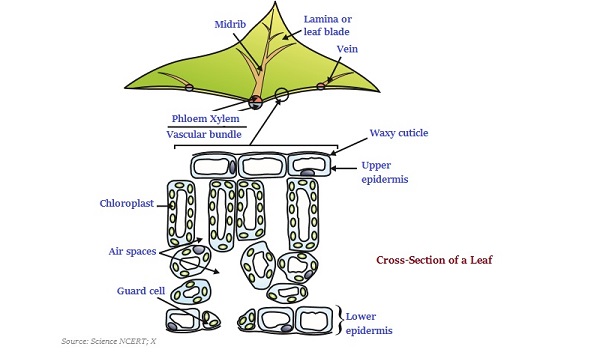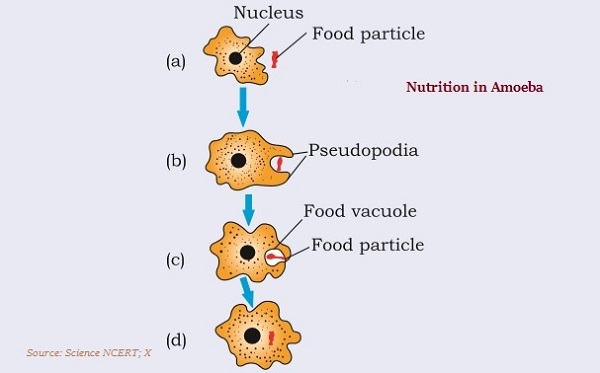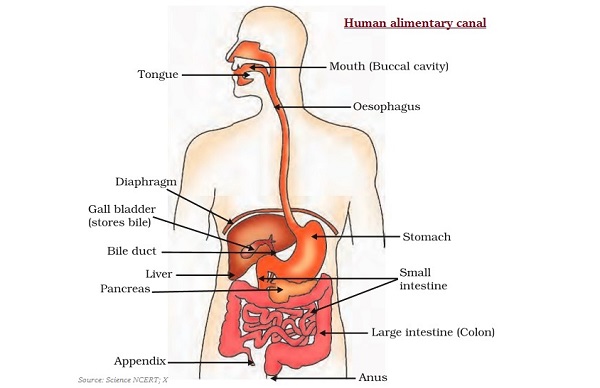
- Biology - Home
- Biology - Structure and Functions
- The Fundamental Unit of Life
- Biology - Tissues
- Biology - Animal Tissue
- Diversity in Living Organisms
- Biology - Plantae Kingdom
- Biology - Animalia Kingdom
- Biology - Vertebrata
- Biology - Transportation in Humans
- Biology - Transportation in Plants
- Biology - Excretion
- Biology - Control and Coordination
- Biology - Hormones in Animal
- How do Organisms Reproduce?
- Biology - Sexual Reproduction
- Biology - Reproduction in Animals
- Reaching the Age of Adolescence
- Biology - Heredity and Evolution
- Biology - Life Processes
- Biology - Respiration
- Microorganisms: Friend and Foe
- Biology - Why do We Fall Ill
- Biology - Natural Resources
- Biology - Our Environment
- Conservation of Plants and Animals
Biology - Life Processes
Introduction
The processes, which collectively perform the maintenance of our body system, are known as life processes.
The maintenance processes protect us from damage and break-down; however, to keep these maintenance processes working properly, we need to provide energy to them. Healthy food is the best source of such energy.
Nutrition
We need energy from outside in order to grow, develop, synthesize protein, and other substances.
The ultimate source of energy is varieties of healthy foods. These foods provide us nutrition essential for our survival.
Depending upon the sources, nutrition is categorized as Autotrophic Nutrition and Heterotrophic Nutrition.
Autotrophic Nutrition
The autotrophic nutrition is prepared through the process of photosynthesis.
Photosynthesis is a process by which autotrophic organisms (green plants) take in substances from the outside and then convert them into stored forms of energy.
During the process of photosynthesis, carbon dioxide and water, are converted into carbohydrates in the presence of sunlight and chlorophyll.
The final product carbohydrates provide energy to the plant.
Usually, green leaves are responsible for the photosynthesis process.
During the photosynthesis process, the chlorophylls present in the leaves, absorb the light energy and convert it (light energy) into chemical energy and split the water molecules into hydrogen and oxygen. And, finally carbon dioxide is reduced to hydrogen.

A cross-section of a leaf is shown in the above image; in the above image, green dots are cell organelles, which are known as chloroplasts; the chloroplasts contain chlorophyll.
Heterotrophic Nutrition
There are different sources of heterotrophic nutrition; however, the nutrition, which is derived from the autotrophic organisms is known as heterotrophic nutrition.
For example, Amoeba (a unicellular organism) takes in food by using temporary finger-like extensions of the cell surface.
The finger-like extensions of the cell surface fuse over the food particle and form a food-vacuole (see the image given below).

Nutrition in Human Beings
The alimentary canal, starting from the mount to the anus, is fundamentally a long tube and accountable for the whole nutrition process.
As shown in the image below, the alimentary canal has different parts that play different functions.
When we eat any food stuff that we like, our mouth waters, which is not only water, but also mixed with a fluid known as saliva.
Saliva is secreted by the salivary glands.
The saliva contains an enzyme known as salivary amylase; this salivary amylase breaks down the starch to give sugar. Starch is a complex molecule.
After the mouth, the food is taken to the stomach through the food-pipe known as oesophagus.
The muscular walls of the stomach support in mixing the food thoroughly in the presence of more digestive juices.
Further, the digestive functions are taken care by the gastric glands, which is present in the wall of the stomach.
The gastric glands release hydrochloric acid, a protein digesting enzyme known as pepsin, and mucus.

The small intestine (shown in the image above) is the site of the complete digestion of carbohydrates, proteins, and fats.
The walls of the small intestine comprise glands, which secrete intestinal juice.
Further, the digested food is taken up by the walls of the intestine.
The inner lining of the small intestine has typical features i.e. numerous finger-like projections known as villi. Villi increase the surface area for absorption.
The villi are profusely supplied with the blood vessels; the villi take the absorbed food to each and every cell of the body, where it is utilized for obtaining energy, repairing of old tissues, and building up new tissues.
The unabsorbed food is sent into the large intestine where more villi absorb water from this unabsorbed food.
The rest of the waste material is removed from the body through the anus.